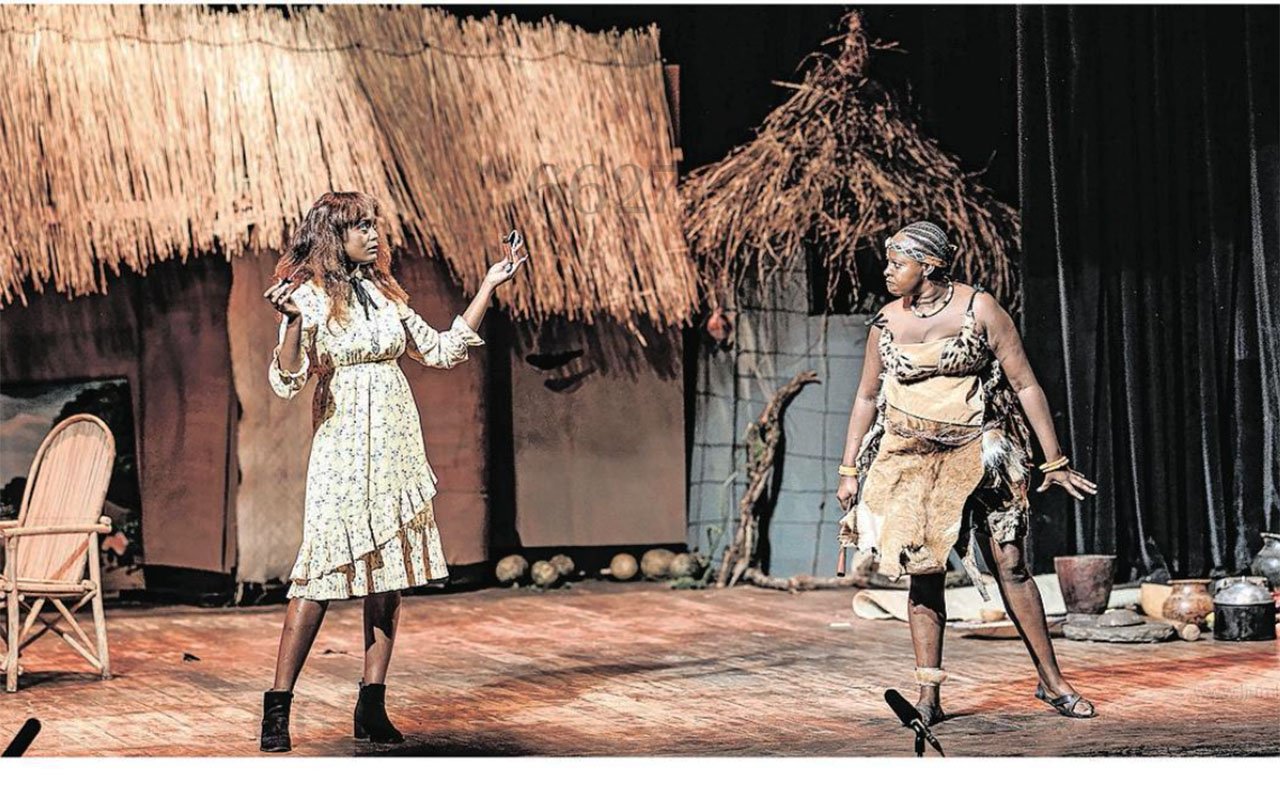Prime
About Shs7.5 trillion is needed to change Kampala city – KCCA

Kampala Capital City Authority (KCCA) Eng. David Luyimbazi in an interview. PHOTO/ISMAIL M. LADU
What you need to know:
Changing the face of Kampala into a well-planned City with more economic opportunities within the next five years requires financing of at least Shs7.5 trillion. In an interview, the deputy executive director of Kampala Capital City Authority Eng. David Luyimbazi told Prosper Magazine’s Ismail Musa Ladu, how they intend to go about fulfilling the ambitious Kampala City plan over the next five years. Excerpts.
How will you go about solving the problem of insufficient financing, explaining KCCA’s over dependence on government for funding?
Our intention is to unlock the full spectrum of investment sources through which government can benefit. We intend to focus on creating an inclusive, resilient and well-planned city that provides economic opportunities for all people by 2025. That is the key departure in what we plan to do in the second strategic plan we launched last month, running from this financial year 2020/21 to 2024/25. For services that cannot generate revenue, we shall regard them as social services and funding them. For those that can guarantee a return on investment, we shall ensure it does just that in an efficient and sustainable manner. Then those that are commercial in nature and have revenue streams will be let out to the private sector.
Every year you keep talking of a multi-modal transport plan, are you not taking us for a ride with this?
Unfortunately, many of our roads are over 40 years old and many of them have served beyond their design laps. As a result, so many require reconstruction and rehabilitation. We are looking at giving new lease of life back to our roads and have them properly lit. We also have a joint integrated spatial plan (methods and approaches used to influence the distribution of people and activities in spaces of various scales) and neighbourhood funding. Kampala will have boulevards in selected places, non-motorised transport streets. We plan to have an urban traffic control centre which will have cameras all-round the city not only to monitor traffic around but ensure public safety.
Under this plan, we have the bus rapid transit system. We will also have a mass rapid transit system, night train and where there isn’t enough parking space in the City, we shall have the cable cars and smart parking system where users in the City can check on their smartphones to know where parking space is available. We also have the urban regeneration investment product. This is about enhancing natural attractiveness of our City. We will use our dockland area or places alongside a body of water to our advantage.
Are you not ashamed of the state of some houses in the City and the conditions in the slums?
We have plans to develop slums into modern neighbourhoods. For example, if you have a slum on about 20 acres, you can resettle the slum dwellers into quality but low-cost houses on 2 to 3 acres, high raise apartments and develop the remaining land into a proper planned space.
Currently, we are doing precede plans (providing the structure for targeted planning) for some of the 27 precedes in Kampala. So far, we have done four precedes so this planned conversion will help change the face of Kampala.
How much will you require to develop Kampala into the promised land and how will you raise the resources?
The total investment we require for this strategic plan is close to $2 billion (about Shs7.5 trillion) if we want to have the city we need. This means we shall have to unlock both private and public financing options to meet the development needs of Kampala. So right now we are collecting about Shs100 billion in a year. Imagine if we become more efficient and fixed the revenue, we would do so much with little help from elsewhere.
But Kampala is the biggest commercial hub in this country. So we must find innovative ways to raise this money. Just imagine if everyone in Kampala paid their property rates or whoever develops a structure pays for development applications, building permits and occupational permits, we could potentially raise between Shs400-500billion annually.
If we raise a municipal bond guaranteed by our revenue income, we can put aside Shs200b a year to finance any borrowing. We can generate revenue from bus terminals, public markets. For example, at Nakawa, we intend to provide public market space for the urban poor. But we shall also have modern shopping facilities in addition to the market which can subsidise the almost free market space.
We also have no problem having private sector invest in modern markets and waterfronts. This can be done through the public, private partnership arrangement.
We have a loan of $288m from African Development Bank that has been secured. It is meant for roads reconstruction and rehabilitation.
We also have financing of about £77m from the French Government for street lighting. We also have a UK export finance project worth about £150 million. It will be used for rehabilitation and reconstruction of roads and some fly overs in the City. The government of Japan also wants to finance the improvement of about 20 junctions in Kampala and install some traffic signals. This may all amount to between $30m and $40million which the Japanese government is willing to finance. Fortunately, the French government has already made available over Euro 77 million (nearly Shs340 billion) to enable KCCA come up with security lighting for our streets.
Financing needs
How do you intend to go about funding and financing issues?
There are so many competing priorities that government needs to take care of. We are looking at unlocking private sector investment. There are many export credit agencies in this world that can provide money to invest in Kampala’s infrastructure. There are development finance institutions that would be interested in investing in Kampala as long as we unlock these opportunities.
There are commercial developers that can invest in anticipation of realising returns on their investment.
We need to allow joint-ventures with strategic partners to invest in major development projects which will complement government financing.





